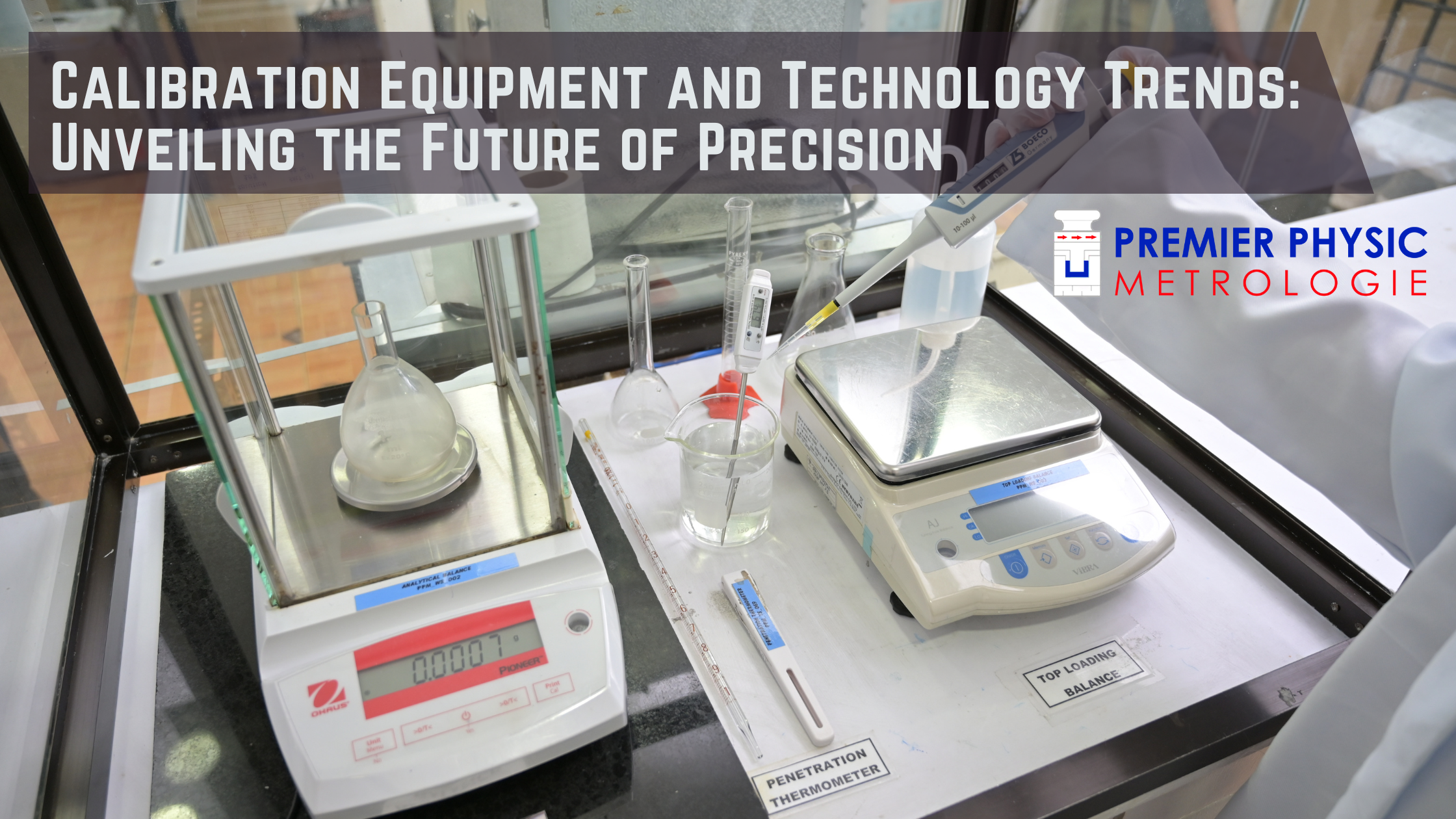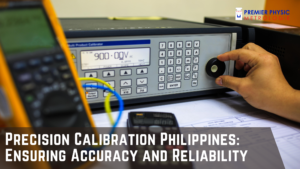Calibration, a term often associated with precision and accuracy, plays a pivotal role in various industries. In this article, we will delve into the evolution of calibration technology, explore the latest advancements, and understand how these innovations can significantly benefit businesses.
Evolution of Calibration Technology
Historical Overview
Calibration has come a long way since its inception. From manual adjustments to the introduction of automated systems, the journey has been marked by significant technological milestones. Understanding this evolution is crucial to grasp the transformative impact calibration has had on industries.
Technological Milestones
Over the years, calibration technology has witnessed revolutionary advancements. High-precision instruments, automated calibration systems, and portable devices have become the norm. These innovations not only enhance accuracy but also streamline the calibration process.
Impact on Industries
The integration of calibration technology has brought about a paradigm shift across various sectors. Whether in healthcare, manufacturing, or aerospace, the impact is profound. Businesses now rely on calibrated equipment for optimal performance, ensuring quality and efficiency.
Modern Calibration Equipment
High-Precision Instruments
Gone are the days of manual adjustments. High-precision instruments now dominate the calibration landscape, offering unparalleled accuracy. These instruments are equipped with advanced sensors and measurement capabilities, providing precise calibration results.
Automated Calibration Systems
Automation has become synonymous with efficiency. Automated calibration systems not only reduce human error but also expedite the calibration process. Businesses can now achieve a higher level of precision in a shorter time frame.
Portable Calibration Devices
Flexibility is a key consideration in modern industries. Portable calibration devices empower businesses to perform on-the-spot calibrations, eliminating the need for transporting equipment to a dedicated calibration facility. This flexibility enhances operational efficiency.
Integration of AI in Calibration
Machine Learning Algorithms
Artificial Intelligence (AI) has found its way into calibration processes through machine learning algorithms. These algorithms analyze data patterns, allowing for predictive and proactive calibration measures. This proactive approach minimizes downtime and improves overall equipment reliability.
AI-Driven Calibration Processes
AI is not just a buzzword; it’s a transformative force in calibration. AI-driven calibration processes adapt to changing conditions, optimizing calibration parameters in real-time. This adaptability ensures that calibration remains effective even in dynamic operational environments.
Benefits of Advanced Calibration Technology
Enhanced Accuracy
The primary goal of calibration is accuracy. Advanced calibration technology takes this a step further, providing unparalleled precision. Businesses relying on precise measurements, such as those in scientific research or manufacturing, benefit immensely from this enhanced accuracy.
Time Efficiency
Time is money, and advanced calibration technology understands this well. Automated systems and AI-driven processes significantly reduce the time required for calibration. This time efficiency translates into increased productivity and cost savings for businesses.
Cost-effectiveness
While the initial investment in advanced calibration technology might seem substantial, the long-term cost-effectiveness cannot be overlooked. Reduced downtime, lower maintenance costs, and improved reliability contribute to a positive return on investment.
Industry-Specific Calibration Solutions
Healthcare
In the healthcare sector, calibration is paramount for accurate diagnostic equipment. Advanced calibration ensures that medical instruments provide precise results, contributing to better patient care and treatment outcomes.
Manufacturing
Manufacturing processes demand precision. From quality control to production line efficiency, calibrated equipment plays a crucial role. Modern calibration technology ensures that manufacturing operations run smoothly, meeting stringent quality standards.
Aerospace
In the aerospace industry, where safety is paramount, calibration is non-negotiable. Advanced calibration technology guarantees the accuracy of navigation systems, ensuring the safety and reliability of flights.
Challenges in Adopting New Calibration Technologies
Initial Costs
The adoption of advanced calibration technology often comes with initial costs. However, businesses must consider it as a strategic investment with long-term benefits. The upfront expenditure is outweighed by the improved efficiency and reliability of calibrated equipment.
Training and Skill Upgradation
Embracing new technology requires a skilled workforce. Businesses face the challenge of providing adequate training to employees to ensure they can effectively operate and maintain the new calibration equipment.
Compatibility Issues
Integration with existing systems can be a stumbling block. Ensuring compatibility between new calibration technology and existing infrastructure is crucial to avoid operational disruptions.
Future Trends in Calibration Technology
IoT and Calibration
The Internet of Things (IoT) is revolutionizing calibration. Connected devices enable real-time monitoring and adjustments, paving the way for predictive maintenance and calibration.
Cloud-Based Calibration Systems
Cloud-based calibration systems offer centralized control and accessibility. Businesses can manage calibration processes from anywhere, enhancing operational flexibility.
Sustainability in Calibration
As environmental consciousness grows, sustainable calibration practices are gaining traction. Eco-friendly calibration solutions contribute to a greener, more responsible industry.
Case Studies
Successful Implementations
Real-world success stories highlight the tangible benefits of advanced calibration technology. Businesses that have embraced these innovations report improved efficiency, reduced downtime, and increased overall productivity.
Improved Processes and Results
Case studies reveal how the implementation of modern calibration technology has led to enhanced processes and superior results. From laboratories to manufacturing plants, the impact is transformative.
User Guide for Implementing Advanced Calibration
Step-by-Step Implementation
Implementing advanced calibration technology requires careful planning. A step-by-step guide ensures a smooth transition, from assessing current calibration needs to training staff and integrating new systems.
Troubleshooting Tips
Even with advanced technology, occasional issues may arise. A comprehensive troubleshooting guide equips businesses with the knowledge to address common calibration challenges promptly.
Real-world Impact on Businesses
Testimonials
Businesses that have embraced advanced calibration technology share their experiences through testimonials. These firsthand accounts provide insights into the tangible benefits and positive transformations.
Increased Efficiency and ROI
The real-world impact on businesses is measured by increased efficiency and return on investment. Businesses witness streamlined operations, reduced errors, and improved bottom lines.
Importance of Regular Calibration Checks
Ensuring Consistency
Regular calibration checks are vital to ensuring consistency in measurement and performance. Businesses that prioritize routine calibration maintain a high level of accuracy and reliability in their operations.
Compliance with Standards
Adhering to industry standards is non-negotiable. Regular calibration checks guarantee that equipment meets or exceeds established standards, ensuring compliance and preventing potential issues.
Expert Insights on Calibration
Interviews with Industry Experts
Industry experts provide valuable insights into the current state and future trends of calibration technology. Their expertise sheds light on the industry’s direction and the potential impact on businesses.
Opinions on Future Developments
Experts offer opinions on the future of calibration technology, providing businesses with valuable foresight. Staying informed about upcoming developments is crucial for staying ahead in the competitive landscape.
Conclusion
In conclusion, calibration technology has evolved significantly, bringing about positive changes in various industries. The integration of advanced calibration equipment and technologies enhances accuracy, efficiency, and overall business performance. Embracing these innovations is not just a choice but a strategic necessity for businesses aiming to thrive in today’s competitive landscape.




